As far as workplaces go, the construction site can be one of the most dangerous ones. That shouldn’t be a surprise to anyone. When you’re dealing with big pieces of equipment and lots of materials being moved around, there’s a lot of risk involved. But those aren’t the only risks. People are surprised by the sheer variety of dangerous elements of construction, but they shouldn’t be. Whether you’re a manager or a worker, you should be aware of those risks and know how to keep an eye out on them. Don’t suffer the responsibility of an ignorant boss or reckless crew member. Keep them in check with these.
Repetitive strain
RSI is a blanket term for a lot of different physical injuries that usually occur due to problems with posture and a lack of movement. They can happen just from using the wrong kind of office chair for too long. It’s all too easy to see why they might occur when operating heavy machinery or loading materials. The most at risk are those using pneumatic drills. It’s important to rotate the people operating this kind of machinery. Anyone with pre-existing conditions, like arthritis, should also avoid it. RSI is more than just an ache. It can take people out of work entirely.
The dangers of machines
When it comes to heavy machinery, however, RSI can seem quaint compared to the other risks involved. Just about every kind of trauma involved can come from their incorrect use. So training and frequent retraining are necessary. People need to fully understand the equipment they’re getting their hands on. Proper inspection and maintenance work is essential, too. Make sure that injuries aren’t caused by malfunctions. Construction sites can be ruled by deadlines, but these can prompt reckless use of dangerous equipment. Try to slow the pace down a bit or risk seeing the work stop entirely when someone is injured.
Fire
Wherever there are machines, there are big environmental risks that come with them, too. Even in an office, fire safety is crucial. So with so many different potential risks for them, you need to be extra careful in a construction site. Make sure you have a secure site and that materials and waste are kept in designated spaces. Have emergency plans that your team is fully aware of. One of the most important aspects of dealing with a fire is compartmentalising it. This reduces both the risk and costly damage should one start. Using fire resisting walls during construction, for example.
The right equipment
No-one can deny the importance of personal protective equipment on any site. Any mishap that could cause damage to the eyes or head can be mitigated by the right headgear. You need to fully assess the different needs of PPE per area and per task. Some jobs might require respiratory equipment; some areas might necessitate high visibility body protection. Take stock of the whole plan for the construction and consider using a PPE guide to identify risks and the right equipment. Then make sure you have the proper signage erected for area and task.
Not all injuries are visible
Sure, it’s fairly obvious that people want to avoid things like physical trauma. But there are some health concerns that are less obvious. For one, there’s the serious damage that can be caused to a person’s ears. Construction sites are loud. But that’s not just something that proves annoying. It can cause permanent damage through tinnitus. The right noise-cancelling equipment is essential on site when using loud machinery. Managers are responsible for ensuring it’s provided. A Tinnitus Compensation Claims FAQ can tell you more about how legally risky even this injury can be.
The seriousness of stress
On the topic of invisible injuries, there are few that raise more concern in the modern environment than mental health. Construction sites can be very stressful places. The high responsibility and risks that failure entails along with deadlines and demands can put pressure on anyone. Yet not enough people are talking about mental health in construction. To get the best out of your team, your culture should reflect concern for all health, not just physical. Know the different standards of control for workplace stress. Workload, the environment, even working relationships can all have an impact.
Aiming for complete safety in construction should be the goal of the whole team. Forget the pressure of deadlines and take the time to prepare the equipment and the crew. Make sure you’re covering all bases, not just the most obvious ones.
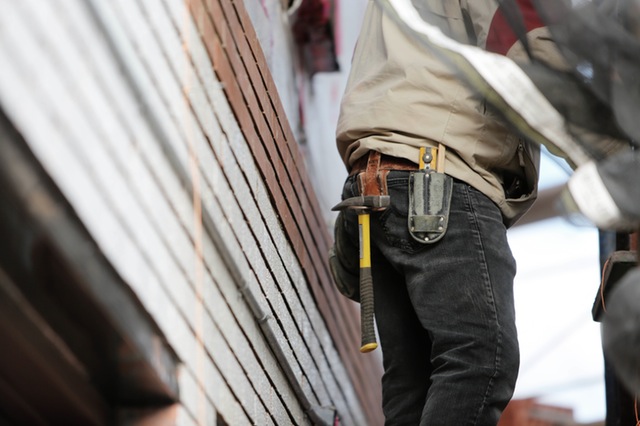
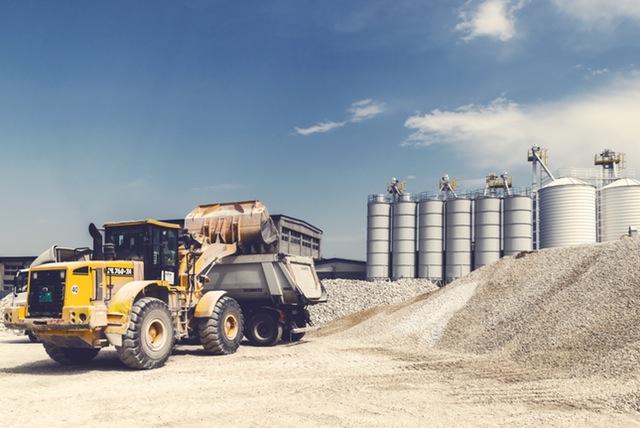
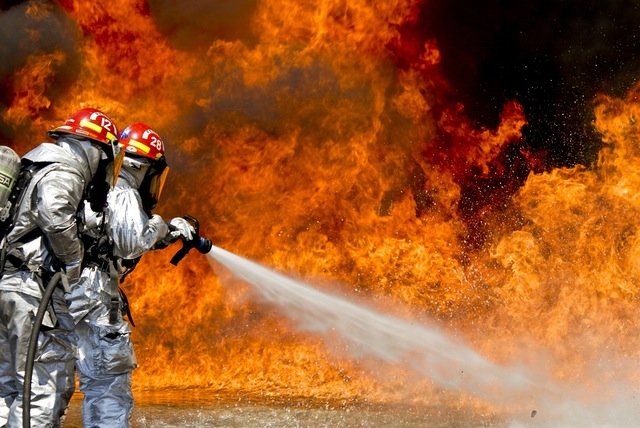
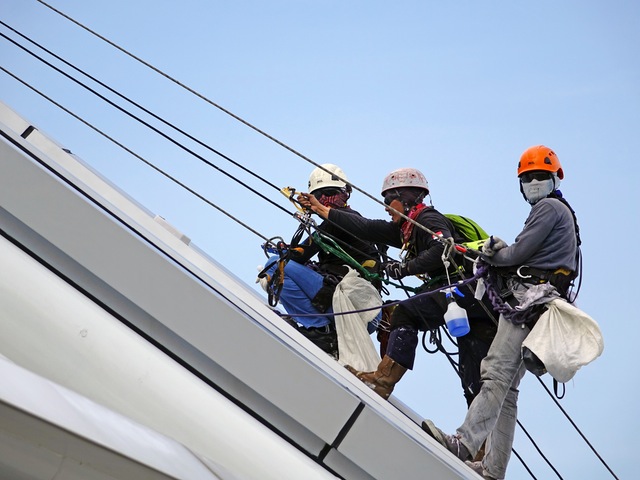
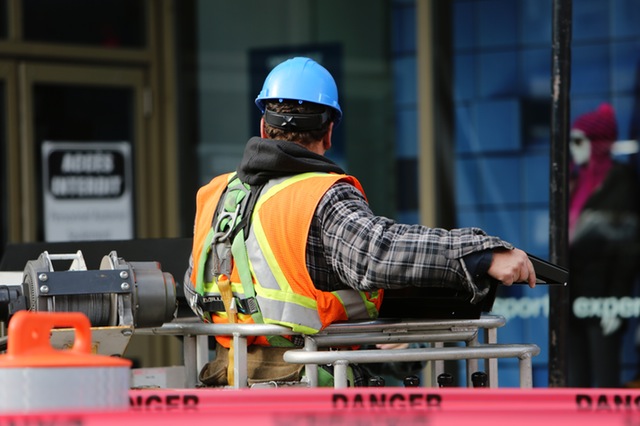

With a professional online course helper, you can easily manage assignments, projects, and course content. Just say take my online course for me and let us assist you in reaching your academic goals!
Pay Someone To Take My Online Course
We provide support for those looking for ‘Take my GED for me’ or ‘Take my TEAS exam’ solutions. Need help with your GED or TEAS exam? We offer services so you can pay someone to take your GED or TEAS exam, hire someone for exam assistance and solutions.
Pay Someone To Take My TEAS Exam
Whether you’re in management or part of the staff, construction site risks like falling objects, equipment malfunctions, and inadequate safety protocols can lead to serious injuries. Understanding these dangers is essential for prevention. Companies like https://www.lakemartinconcrete.com emphasize proper training and site planning to minimize hazards and ensure safety for everyone involved in construction projects.
I found this post very interesting and informative. Thank you for sharing your special thoughts with us. I definitely share this with my peeps.
It’s a great tips for safety and all the suggestion are well describe.
Tower Crane Manufacturers